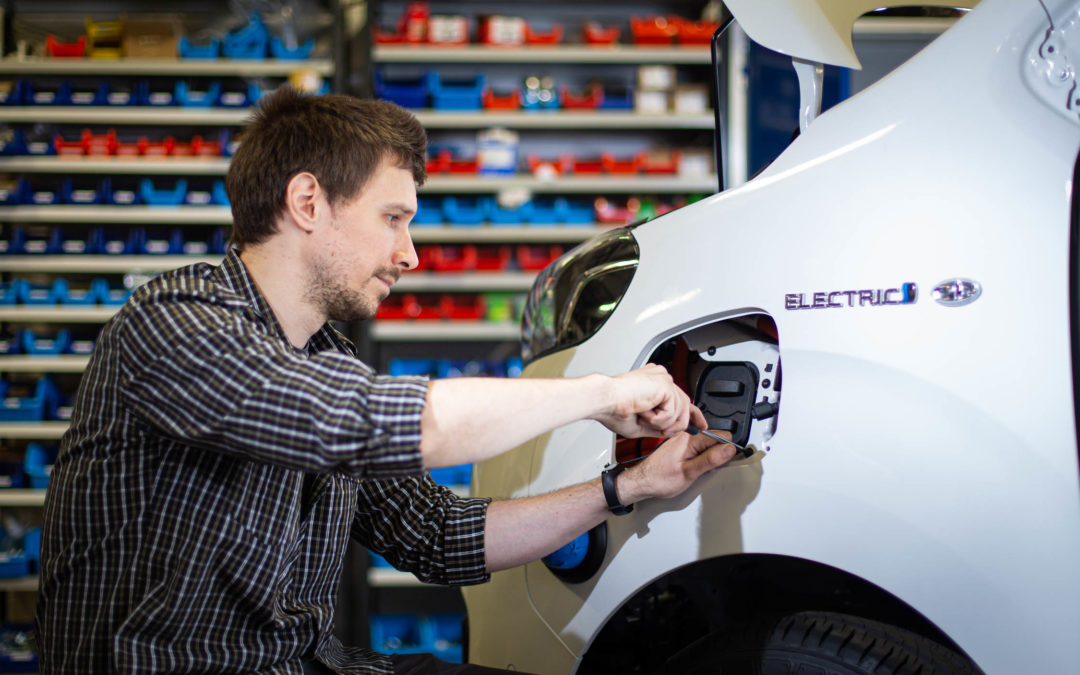There is no such thing as a Level 5 universally autonomous vehicle, driving in all weather conditions, on all roads, in all traffic. All driverless vehicles are more or less prototypes of autonomous vehicles, with system-specific limitations regarding performance in various driving conditions such as weather, traffic and so on.
When different vehicles or prototypes vary a lot, comparing them is more or less comparing apples to oranges: pointless in many ways.
– For anyone to be able to consider an autonomous vehicle’s ability to operate in a given transportation need, some method of benchmarking the autonomous vehicles is needed, Romain Pages, the Functional Safety Manager at Sensible 4 says.
Especially authorities providing driving permits to autonomous vehicles would benefit from some sort of standardized way to approach driverless vehicles. But the industry of autonomous vehicles is young and lacks proper standards. Or, to be fair, any standards.
The first standard for autonomous vehicles
Luckily there is progress. The first standard discussing especially autonomous vehicles, with number 22737 from International Standardization Organization (ISO) was released just this summer. The paper describes so-called Low-Speed Automated Driving (LSAS) systems.
Romain and his team have read the standard carefully.
At the core of ISO 22737 there are a couple of things: The definition of the vehicle and the testing procedure for it. Standard also clearly states that the LSAS vehicle shall be developed according to the certain automotive standards established earlier. This means that autonomous vehicles will be built on the basis of more general automotive standards.
Regarding the vehicle and driving conditions, the standard defines for example the maximum speed of 32 kilometres per hour (20 miles per hour).
The vehicle also needs to be able to observe pedestrians and cyclists approaching the vehicle’s path, even if they’d be partly covered.
Standard requires the vehicle manufacturer to clearly define the Operational Design Domain or ODD of the vehicle. ODD defines conditions and restrictions where the vehicle is able to operate. The ODD definition may, for example, restrict turning left at the intersections or deny driving in certain weather conditions.
Let’s not forget the remote operations
One interesting approach of the standard is the Remote Operations: the ISO 22737 considers the autonomous vehicles to be under surveillance of a human remote operator.
The Remote Control Center, or RCC, is also an elemental part of the Sensible 4 autonomous driving solution. Also, our vehicles drive within clearly defined ODD and their speed is around 32 km/h, or actually, they’re a bit faster.
In other words, the ISO 22737 more or less describes Sensible 4 autonomous driving technology and fits Sensible 4’s vehicles like a glove.
– This standard provides a good starting point for discussion with our customers and partners, Romain Pages concludes. It also makes sense to compare the autonomous vehicles that fulfil the given standard.
Of course, the standard doesn’t describe autonomous vehicles and their requirements and testing completely and seamlessly, but it’s a step, or maybe a giant leap, in the right direction.
See also:
- We’re hiring, check the open positions!
- Field testing – The ultimate test for Autonomous Driving Engineers
- Our CBO Jussi Suomela writes about the history of autonomous driving research and development in Finland

